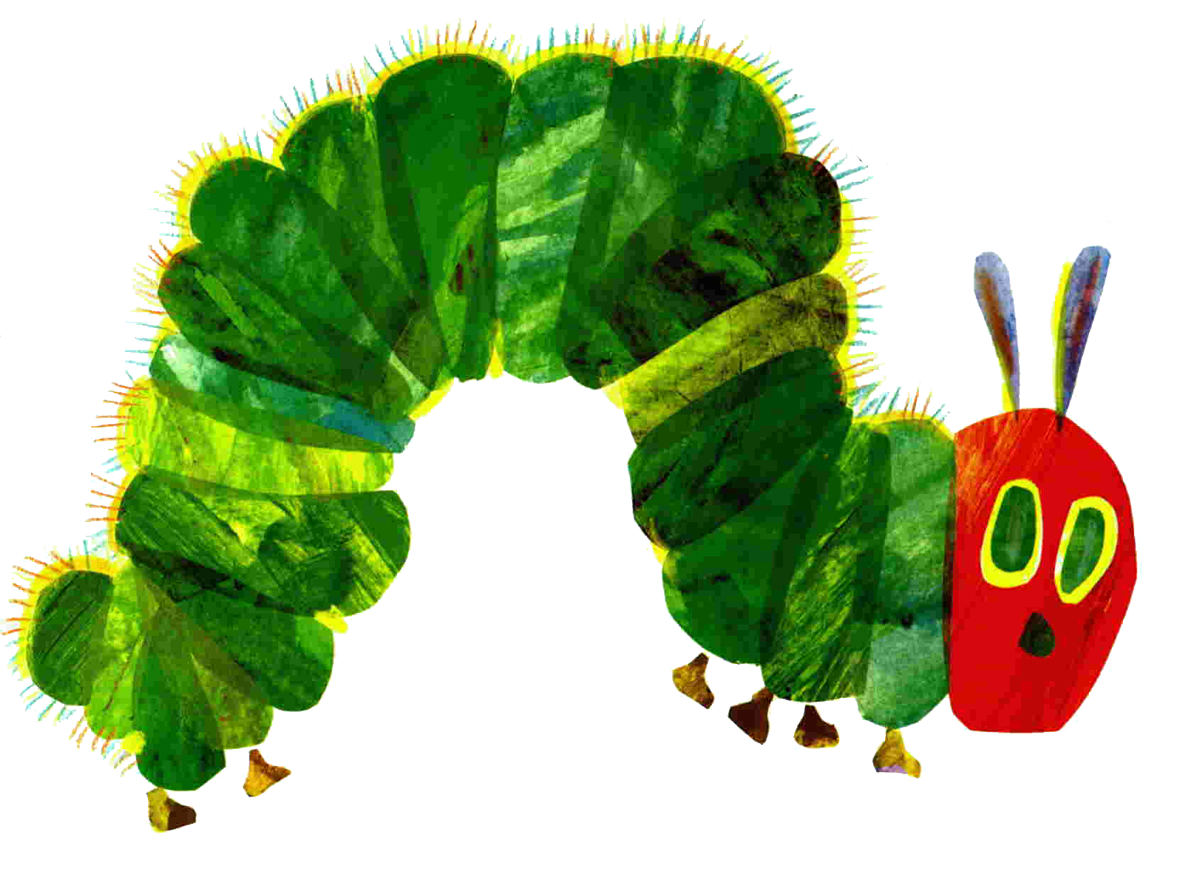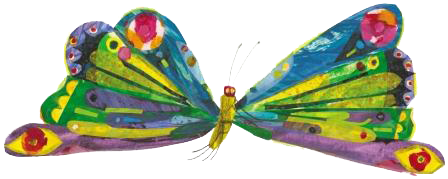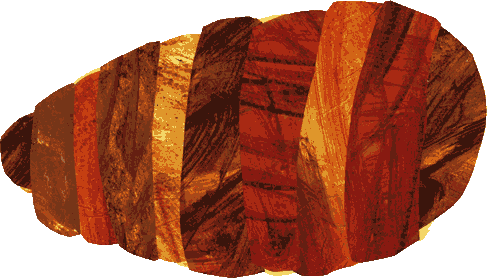Of Templates and Caterpillars
A Template analogy
...by dave elkan
If data is a caterpillar

...and HTML is a butterfly

...then the template is the cocoon

Compiling Templates
A template's source (the silk)
<article>
<h1>{{headline}}</h1>
<p>{{bodyText}}</p>
</article>...becomes Javascript! (the cocoon)
function article(params) {
return "<article>" +
"<h1>" + params.headline + "</h1>" +
"<p>" + params.bodyText + "</p>" +
"</article>";
}And then they can be rendered
Data goes in. HTML comes out



Rendering Templates
 A compiled template...
A compiled template...
function article(params) {
return "<article>" +
"<h1>" + params.headline + "</h1>" +
"<p>" + params.bodyText + "</p>" +
"</article>";
} given data...
given data...
article({
headline: "Caterpillars revolt",
bodyText: "Silk price skyrockets"
}); returns HTML
returns HTML
<article>
<h1>Caterpillars revolt</h1>
<p>Silk price skyrockets</p>
</article>Templates are versatile
- Compile and render them on the server
- Send them to the browser (javascript file)
- Render them in the browser
-
Best of both worlds
- A dynamic 'single page' app
- With SEO
Twitter s#!t
HTML5 History API
an ideal partnership
- History API
- +
- Shared Templates
why is this better?
- SEO (important, but not for everyone)
-
Performance
- Deliver what the user asks for
- HTML caching
- Template caching (just a javascript file)
- Minimise onDomReady ajax
twitterpillar
An example app
get Twitterpillar at
edave.net
follow me
@edave
Thank you
Caterpillar pictures copyright "The Very Hungry Caterpillar" by Eric Carle